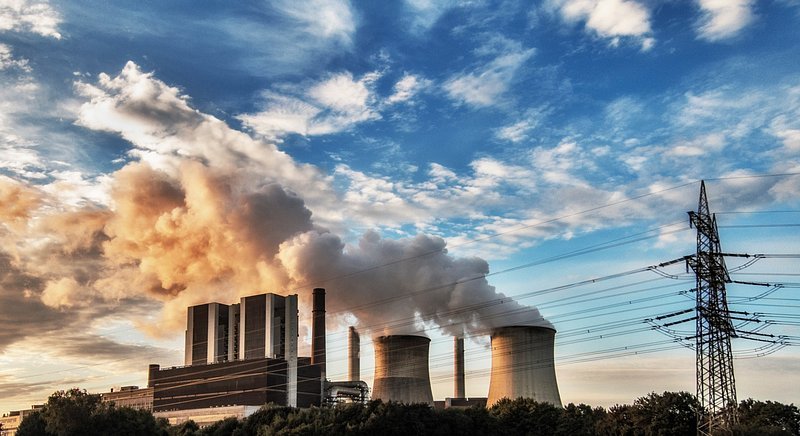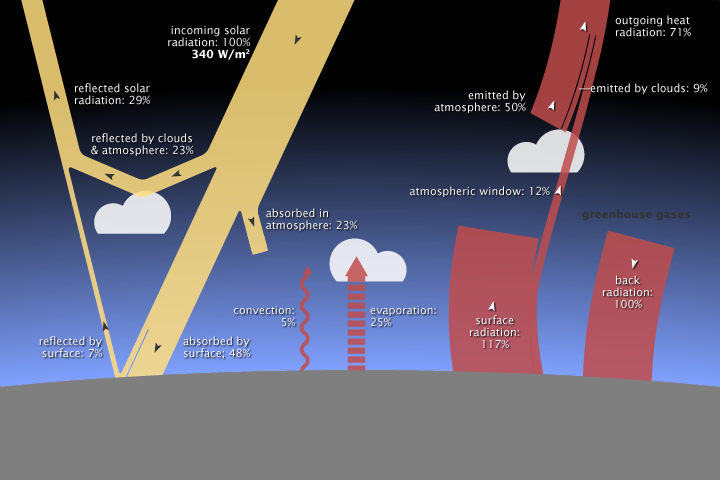When I first encountered the recent study on environmental liability insurance and its impact on carbon emissions, I couldn’t help but notice the delightful contradiction at its core. Here we are, attempting to solve our industrial carbon problem with, of all things, more paperwork. It’s rather like trying to extinguish a forest fire with carefully worded memos about the dangers of matches.
The data spanning from 2010 to 2020 presents a fascinating narrative. China, our reluctant protagonist in this climate drama, has maintained its position as the world’s premier carbon emitter—contributing a whopping 26% of global emissions by 2019. This is twice the contribution of the United States, which seems to have ceded at least one global leadership position without a fight.
What strikes me as particularly interesting is the disconnect between China’s carbon footprint and its industrial prowess. Despite ranking second in the United Nations Competitive Industrial Performance index, China’s adjusted ranking plummets when environmental factors enter the equation. It’s as if China has become the carbon emissions equivalent of a person who buys expensive running shoes but never actually jogs.
The Carbon Conundrum: Sources and Solutions
The industrial carbon narrative bifurcates rather neatly into two primary sources. First, we have the energy sector—China’s love affair with coal continues unabated, like a relationship everyone knows is toxic but no one has the heart to end. Second, we have manufacturing, where factories burn fossil fuels with the enthusiasm of a pyromaniac at a match factory.

The central question becomes: can environmental liability insurance (ELI) actually influence emission reduction? The premise itself contains a certain wry humor—we’re essentially asking whether paperwork can save the planet. Yet the empirical analysis suggests that, at the direct level, ELI does indeed reduce industrial carbon emissions, though with heterogeneous effects that would make any statistician’s heart flutter with excitement.
Carbon – The Financial Industry Paradox
Perhaps the most counterintuitive finding is that ELI’s effectiveness weakens in areas with both highly developed and underdeveloped financial industries. This creates a peculiar Goldilocks scenario—the financial industry must be neither too hot nor too cold, but just right for ELI to work its carbon-reducing magic.
In industrially developed areas, the effect of ELI on carbon emissions becomes more pronounced. One might imagine factory owners, upon receiving their insurance paperwork, suddenly glancing nervously at their smokestacks and wondering if perhaps they’ve been a bit too cavalier with their carbon output.
The heterogeneity analysis reveals patterns that would make any policy wonk weak at the knees. It’s as if we’re watching a climate change soap opera where different regions play different characters, each with their own response to the plot twist of environmental liability insurance.
Carbon – Green Finance: A Solution or Just More Paperwork?
The study suggests expanding the coverage of ELI, innovating its development, and improving industrialization levels. These recommendations sound suspiciously like solutions that create more meetings, more committees, and more PowerPoint presentations. Yet beneath the bureaucratic veneer lies a genuinely nuanced understanding of how financial instruments can influence industrial behavior.
What we’re really discussing here is the gamification of corporate environmental responsibility. By attaching financial incentives to carbon reduction, we transform what was once merely a moral imperative into something that affects the bottom line. It’s capitalism being used to fix the problems capitalism created—a recursive solution that would make any software engineer proud.
The Balance Sheet of Planetary Health
When we examine the data closely, we find that industrial competitiveness and carbon emissions don’t necessarily go hand in hand. Germany, for instance, maintains the top CIP ranking while producing far fewer emissions than China. This suggests that economic growth and environmental responsibility aren’t mutually exclusive—they’re more like awkward dance partners who haven’t quite found their rhythm.

The implications for policy are profound. If environmental liability insurance can indeed influence carbon reduction, we might be looking at a solution that doesn’t require us to abandon industrial development altogether. Instead, we could be witnessing the birth of a new paradigm where financial instruments serve as the invisible hand guiding industry toward greener pastures.
Localized Effects and Global Implications
The study’s heterogeneity analysis reveals that ELI’s effectiveness varies significantly across different regions and industrial contexts. This isn’t a one-size-fits-all solution, but rather a tailored approach that must account for local conditions and existing infrastructure.
In regions with established industrial practices, the introduction of ELI creates immediate financial incentives for modernization and carbon reduction. Conversely, in developing regions, the effects are more complex—highlighting the need for complementary policies that address infrastructure gaps and technological limitations.
What emerges from this analysis is not a simple story of cause and effect, but rather a complex tapestry of interactions between financial systems, industrial development, and environmental outcomes. The environmentalist in me finds hope in these nuanced findings, while the pragmatist acknowledges the long road ahead.
As I reflect on this research, I’m struck by the irony that our solution to one of the most pressing physical problems of our time—carbon emissions—may lie in something as intangible as insurance policies. Perhaps this is fitting for our increasingly virtual age: fighting physical pollution with digital solutions, combating tangible smoke with intangible liability.
The data suggests that we may indeed be able to insure our way to a greener future, albeit with caveats and qualifications that would make any insurance adjuster proud. In the grand ledger of planetary health, environmental liability insurance may prove to be an unexpected asset—converting the abstract threat of climate change into the concrete language of financial risk that businesses understand all too well.



